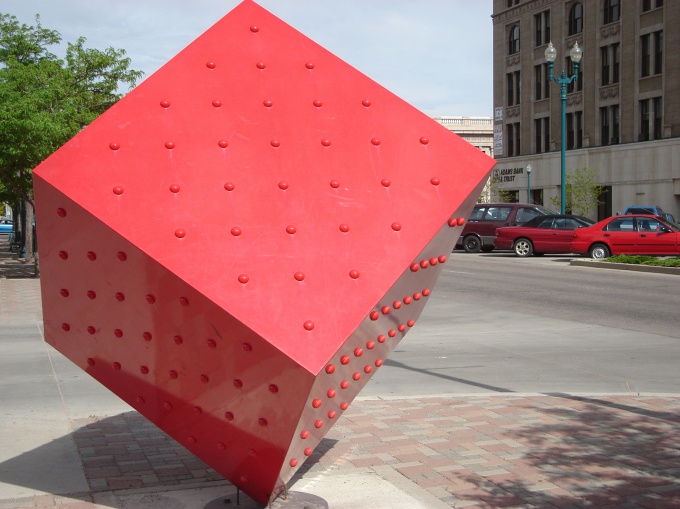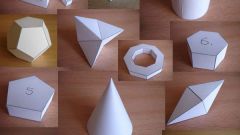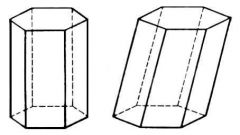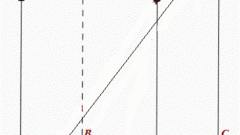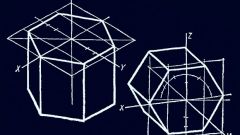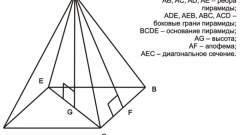You will need
- - a sheet of paper;
- - handle;
- calculator;
- - prism with the given parameters;
- theorem of sines and cosines in the case of the inclined prism.
Instruction
1
Build a prism with the specified parameters. You must know at least the type of this geometry, the dimensions of the sides of the base, the height and angle of inclination of the side edges. The last condition is necessary for the inclined prism.
2
Calculate the lateral surface area of a right prism. According to the definition, the geometric body of a side edge perpendicular to the base. This means that the perpendicular cross-section of both congruent polygons lying at the base. That is, the lateral surface area of a right prism is calculated by multiplying the perimeter of the base to the height. This can be expressed by the formula S=P*h, where P is the perimeter of any grounds. Browse it, adding the lengths of all sides. In some cases it is sufficient to find properiter and multiply it by 2.
3
To find the total surface area of a right prism, add to the resulting value is twice the area of the grounds. If the base is the triangle or a quadrilateral, the sides of which you are aware, the area is calculated by the usual formula for this geometric shape. But the polygon can be more complex. In this case, make additional constructions, dividing it into shapes with known parameters or those that can be fairly easy to find.
4
To compute the area of the inclined side surface of the prism must be perpendicular to the build section. It is a cross section which is perpendicular to all edges. It can be positioned so that it cuts off some of the edges of the triangle formed by the edge between the base and the lateral face part of a side edge and a line perpendicular to the section. If the base is an irregular polygon, side line sections belonging to different facets, you will have to calculate separately. This can be done by theorems of sines and cosines, using the specified angles of inclination.
5
Calculate the perpendicular side section, fold them length and get the perimeter. Multiply it by a given height, you will get the lateral surface area of the inclined prism. S=P'*h. P' in this case means the perimeter of a perpendicular section.
